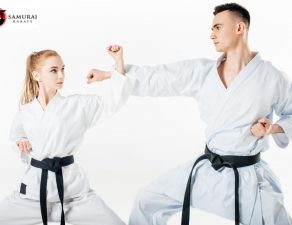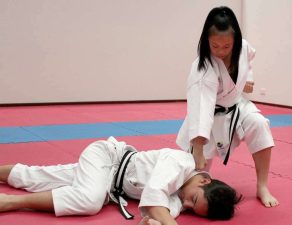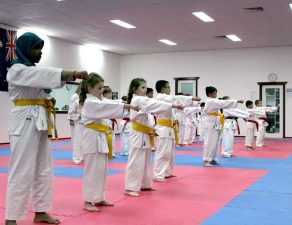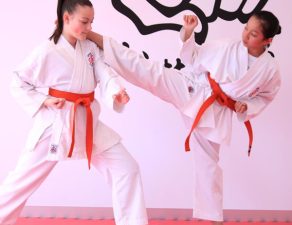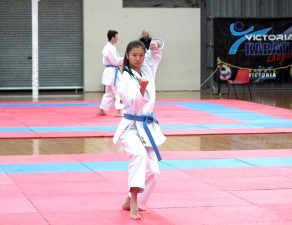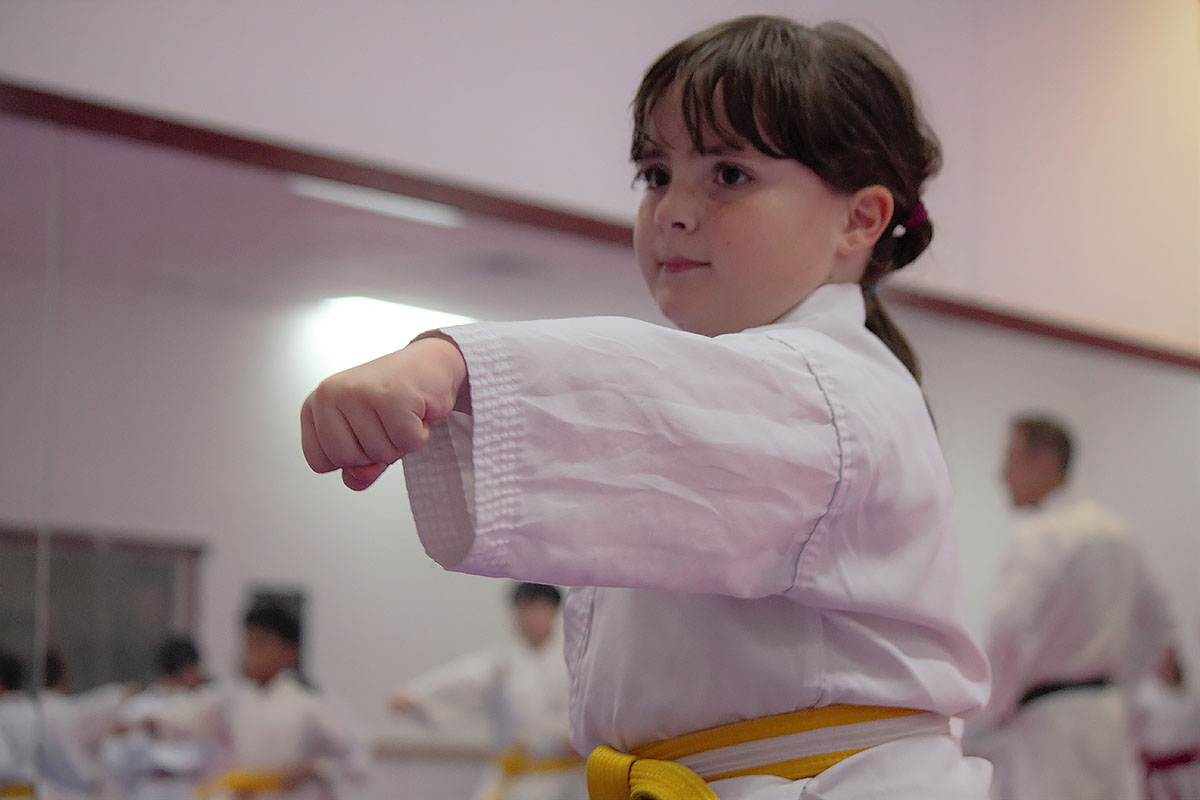
Kids in the city of Melbourne, which is located in Australia, are beginning to think of martial arts as a popular hobby. In recent years, there has been a steady increase in the number of young people in Melbourne enrolling in martial arts foundations. The development of bravery, self-assurance, and autonomy are only some of the many advantages that may come from training in martial arts. Other advantages include a reduction in emotions of discomfort, dread, animosity, antagonism, and neuroticism, as well as these. They include lower feelings of anxiety and dread, which are only two of the many health advantages associated with real training. In a similar vein, there are many different injury hazards involved with martial arts, and these risks vary depending on the game. The most common types of injuries sustained in martial arts are wounds (wounds), injuries, strains, and scraped regions. There was a clear correlation between the number of years of experience, the child’s belt level, and the number of weekly hours spent practising.
Karate, on the other hand, appears to entail a lower risk of injury when contrasted with other sports and, surprisingly, other forms of martial arts conflict, such as aikido, taekwondo, judo, or judo jujitsu. However, when compared to other popular sports such as football and hockey, the rate of total injuries sustained in martial arts is far lower.
Let’s take a look at some of the positives and negatives that come with youngsters participating in martial arts training.
Advantages
1. Helps Develop Self-Restraint: One of the primary concepts shared by many different styles of martial arts is the cultivation of an acute awareness of the need for discretion. A youngster who is participating in a foundation for learning hand-to-hand fighting follows his or her instructor’s instructions for the various martial arts exercises. They learn how to comply with directions. Children who have a history of participating in hand-to-hand fighting, on the other hand, are continually reminded of the significance of exercising self-control and, as a result, receive both physical and mental training.
2. Fosters the Development of Self-Defense Tactics The most significant advantage of participating in martial arts is that it teaches young people a variety of self-defense methods. Changes to the talents are possible if a new combative technique is used.
On spite of this, the primary focus of all of them is on instructing children in how to safeguard themselves and fight themselves against dangers that cannot be predicted.
3. Improved Health One of the most important aspects of a child’s growth as a whole is how well they take care of themselves physically and mentally. Kids can gain fundamental benefits in the areas of coordination, balance, and cognitive development by participating in martial arts. Children who participate in martial arts develop the physical stamina and mental flexibility necessary to mature into confident, capable young people as they become older.
4. Advanced Cooperation: Because they went to a martial arts school in Melbourne, the children were able to learn how to work together and cooperate with their diverse peers in the classroom. They get the ability to form friendships and develop social intelligence as a result. As they learn and practise together, they become better at recognising disagreements and supporting one another.
Dangers
1. Injury Dangers in Karate:- In karate, the breaks, injuries/strains, and injuries/scraped regions are the types of wounds that are treated the most frequently. Kicking, falling, and being kicked (injuries and breaks) are the three most common causes of injury in karate (hyper-extends).
2. The Risk of Injuries When Practicing Taekwondo Taekwondo is notorious for causing injuries such as strains, fractures, and scratched spots on the body. Injuries to the lower extremities, most commonly the foot, are rather common among children. Taekwondo fighters are more likely to suffer from edoema and injury to their soft tissues, in comparison to karate competitors. Children who participate in taekwondo are known to commonly have brain injuries.
3. The Risk of Injuries When Practicing Judo: Strains and injuries, wounds, and cracks are the most common types of wounds and injuries. Shoulder, hand, wrist, and finger injuries are quite typical occurrences in youngsters. It’s possible to injure your joints by hyperextending them. Young people who participated in judo were more likely to have injuries to the neck and shoulders than those who competed in karate or taekwondo. When compared to karate, judo had a higher incidence of paediatric blackouts. The gagging methods used in judo can sometimes cause a loss of consciousness.
4. The Risk of Injuries When Participating in Muay Thai Kickboxing Some of the most common types of wounds that can occur when participating in Muay Thai Kickboxing include fractures, injuries, and sprains and strains of sensitive tissue. Epistaxis, which is an injury to a region that is not protected, was the most common consequence seen in children.



